With the COVID-19 pandemic causing the suspension of the remainder of the 2019-20 academic year for more than 1 million Washington K-12 students, members of the Senate Republican Caucus have created a five-point plan to address the current situation facing students and teachers and how best to proceed.
The K-12 education plan, along with a cover letter from Senate Republican Leader Mark Schoesler, were sent late yesterday to Gov. Jay Inslee and Superintendent of Public Instruction Chris Reykdal.
“Two of our caucus members who serve on the Senate’s K-12 education committee, Senators Brad Hawkins and Keith Wagoner, led the effort in crafting a realistic plan that addresses immediate concerns and those that will await schools as the 2020-21 academic year approaches in a few months,” said Schoesler, R-Ritzville. “We hope Governor Inslee and Superintendent Reykdal will read and carefully consider the ideas expressed in this plan that are in the best interests of Washington students.”
In the cover letter sent to Inslee and Reykdal, Schoesler wrote:
“The Senate Republican Caucus is proud of the steps our state has taken in recent years to satisfy the McCleary Decision on basic education, funding our K-12 system at record levels and providing more equity for students across our state. As a result of bipartisan efforts, our K-12 investments now represent 51 percent of the $54 billion operating budget. This is a substantial contribution from taxpayers, including many families with students in our schools.
“Unfortunately, as a result of the ongoing disruption and uncertainty caused by the COVID-19 pandemic, many of these families and students are struggling under the current restrictions and limitations placed upon them. Even in areas with excellent internet access, there are reports of extremely low participation rates by students. With over one million public, private, and home school students in our state, we must do everything we can to meet their needs, ensure continuity in their academic progress, and provide a return on significant taxpayer investments.
“As you and your staff continue to focus on our state’s health and safety as well as the reopening of the economy, we urge you to keep in mind the health and academic needs of the staff and students associated with our basic educational system. In the spirit of helpful and open communications, please review the attached K-12 Educational Recovery Priorities from our caucus and consider this document in your current and future planning efforts.”
The Senate Republicans’ K-12 Educational Recovery Priorities plan covers five areas:
- School districts should focus on delivering instruction
The number one priority of every school district should be the delivery of educational content. Districts should consider partnerships with local utilities and service providers to establish internet serviceability to deliver online instruction, in addition to any paper content. All students should receive a commensurate amount of high-quality instructional time remotely as they would from in-building instruction.
- Resume traditional instruction in classrooms as soon as reasonable
As soon as reasonable and safe to do so, public and private school boards should be allowed to decide whether their schools can resume instructional activities under the traditional, in-classroom model. The state should assist districts by developing model policies and procedures for COVID-19 testing, sterilizing, and response, placing emphasis on the highest risk populations. This approach will better ensure consistent, equitable, and robust instruction. Internet-based remote instruction could supplement in-building instruction as a viable model for future years.
- Consider impacts on marginalized students and adjust the school calendar as needed
To better meet academic needs for this school year, students should be permitted to regain instruction lost into July. Districts could also consider beginning future school years on August 1st to assist students in regaining their overall growth and long-term academic progress. Focus should be given to under-supported students who are marginalized and have lost greater opportunities as a result of the COVID-19 pandemic.
- Consider impacts to school funding and cost of local bargaining agreements
Delivering instruction is a staff-intensive business. As such, staff costs can approach 80 percent or more of a school district budget. Given the economic uncertainty associated with COVID-19 and the future funding from the state, it would seem prudent for school districts to freeze additional spending, including commitments on bargaining agreements not yet extended.
- Support graduating seniors as they transition to their colleges or careers
Given the interrupted instruction graduating seniors have received, higher education institutions, state employment agencies, and military branches should provide additional support and guidance to these young adults transitioning to their colleges or careers. Additional support could include tuition assistance for summer coursework, waivers for standardized test deadlines, and additional academic advising or career planning.








